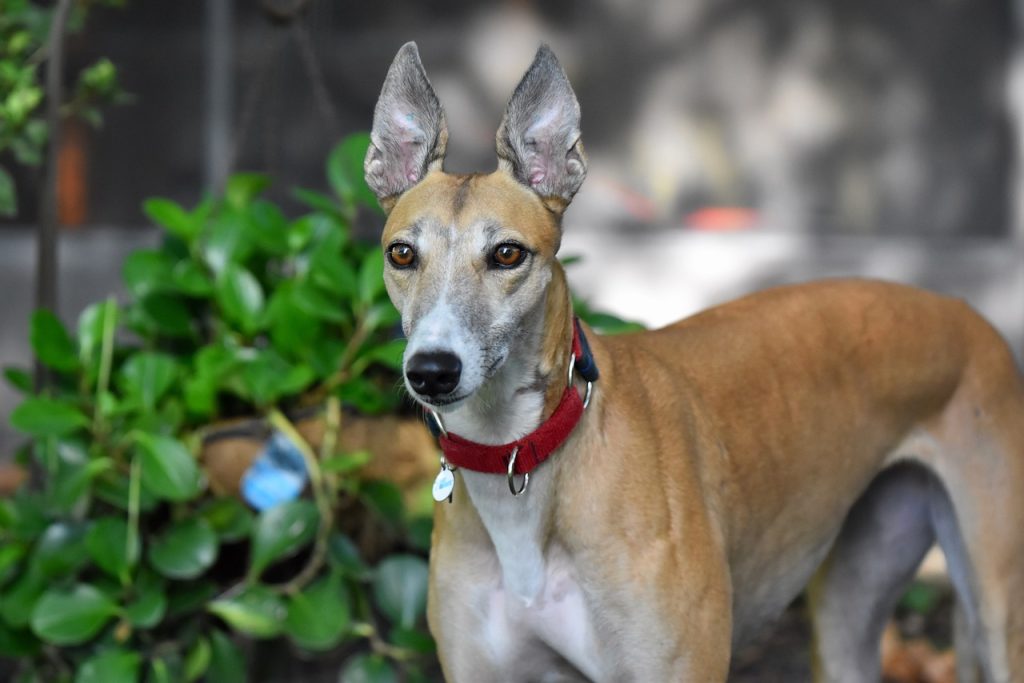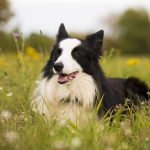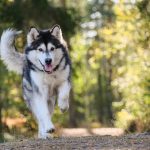When it comes to sheer velocity, few animals can match the breathtaking speed of the world’s fastest dog breeds. These canine speedsters combine powerful musculature, aerodynamic builds, and relentless drive to reach astonishing velocities. In this comprehensive guide, we’ll explore the fastest dog breeds, what makes them so quick, and how they compare to other fast animals.
The Need for Speed: Anatomy of a Fast Dog
Before we reveal the fastest breeds, let’s examine the physical traits that enable incredible canine speed:
- Deep chests for increased lung capacity
- Long, lean legs with powerful hindquarters
- Flexible spines that stretch and contract for maximum stride
- Lightweight frames (most weigh between 50-70 lbs)
- Streamlined heads that reduce wind resistance
- Large nostrils for optimal oxygen intake
These characteristics combine to create the perfect running machine, capable of reaching speeds that leave most animals in the dust.
The Top 5 Fastest Dog Breeds
1. Greyhound – The Undisputed Champion
Top Speed: 45 mph (72 km/h)
Acceleration: 0-45 mph in just 6 strides
Unique Features:
- Double suspension gallop (all four feet leave ground twice per stride)
- 270° field of vision for tracking prey while running
- Lowest fat-to-muscle ratio of any dog breed
Fun Fact: A Greyhound could beat a Cheetah in a long-distance race (though cheetahs are faster in short bursts).
2. Saluki – The Desert Sprinter
Top Speed: 42 mph (68 km/h)
Historical Significance:
- One of the oldest known dog breeds
- Bred by ancient Egyptians for gazelle hunting
- Can maintain high speeds over long distances
Endurance Edge: While slightly slower than Greyhounds, Salukis can maintain 35+ mph for several miles.
3. Afghan Hound – The Elegant Speedster
Top Speed: 40 mph (64 km/h)
Surprising Trait:
- Despite long, flowing coat, remarkably fast
- Agile enough for sharp turns at high speed
- Originally used to hunt leopards and deer
Modern Role: Primarily show dogs today, but retain incredible athleticism.
4. Vizsla – The Versatile Velocity
Top Speed: 40 mph (64 km/h)
Dual Capabilities:
- Excellent swimmers as well as runners
- Maintain speed over varied terrain
- Used for both hunting and racing
Energy Level: Requires 2+ hours of vigorous exercise daily.
5. Jack Russell Terrier – The Small But Mighty
Top Speed: 38 mph (61 km/h)
Remarkable For:
- Small size (typically 13-17 lbs)
- Acceleration rivaling larger breeds
- Ability to turn on a dime
Working History: Originally bred to chase foxes underground at high speeds.
Speed Comparison Table
| Breed | Top Speed | Acceleration (0-40 mph) | Distance Capability |
|---|---|---|---|
| Greyhound | 45 mph | 6 strides | 1/4 mile |
| Saluki | 42 mph | 8 strides | 3+ miles |
| Afghan Hound | 40 mph | 10 strides | 1 mile |
| Vizsla | 40 mph | 12 strides | 2 miles |
| Jack Russell | 38 mph | 15 strides | 1/2 mile |
How Dog Speed Compares to Other Animals
- Cheetah: 60-70 mph (but only for 20-30 seconds)
- Pronghorn Antelope: 55 mph sustained
- Racehorse: 40-45 mph (similar to Greyhounds)
- Human (Usain Bolt): 27.8 mph (peak)
Interestingly, while Greyhounds can’t match a cheetah’s top speed, they can maintain their 45 mph pace much longer, making them better distance runners.
The Science Behind Canine Speed
Researchers at the University of Manchester identified three key factors in canine velocity:
- Stride Frequency: How many steps per second
- Stride Length: Distance covered per step
- Ground Contact Time: How long paws touch ground
Greyhounds excel in all three areas, with:
- 3.5 strides per second
- 20+ feet per stride at full speed
- Just 0.05 seconds of ground contact per stride
Racing Facts and Records
- Fastest Recorded Greyhound: 50.5 mph (measured in Australia)
- Longest Race: 3/8 mile (typical Greyhound race distance)
- Prize Money: Top racing Greyhounds can earn $100,000+ annually
- Retirement Age: Most retire by age 4-5
Caring for Speed-Oriented Breeds
Owning a fast dog comes with special considerations:
Exercise Needs:
- Secure, fenced areas mandatory
- Daily sprint opportunities essential
- Mental stimulation to prevent boredom
Health Considerations:
- Higher risk of leg injuries
- Special dietary needs for athletes
- Temperature sensitivity (overheating risk)
Training Tips:
- Recall training is absolutely critical
- Build endurance gradually
- Use lure coursing for safe chasing
Adoption Considerations for Retired Racers
Many Greyhounds and other speed breeds need homes after racing careers. These dogs:
- Make excellent, calm companions
- Are typically crate-trained
- Have unique medical histories to consider
- Often adapt well to apartment living
The Future of Fast Dogs
With the decline of dog racing in many areas, these breeds are finding new roles:
- Lure coursing competitions
- Canine freestyle (dancing with dogs)
- Therapy work
- Search and rescue
Final Thoughts
While the Greyhound holds the official title of world’s fastest dog, each speed breed brings unique talents to the table. Whether you’re fascinated by canine athleticism or considering adopting one of these swift companions, understanding their capabilities and needs is essential. These magnificent animals remind us of the incredible diversity and specialization within the canine world.
Have you ever witnessed one of these speed demons in action? Share your experiences in the comments! And if you’re considering a fast breed, let us know what questions you have about their care and training.



